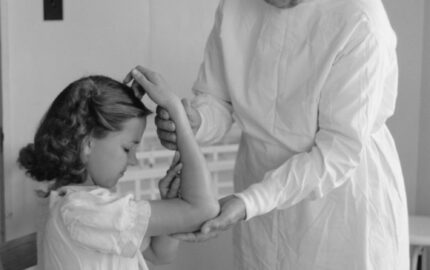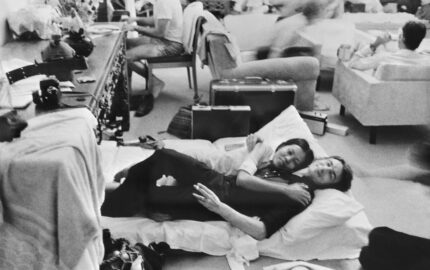I can close my eyes and still see the classic W. Eugene Smith portrait of the mother bathing her daughter who was deformed by mercury poisoning in Minamata, Japan.
It is forever seared into my soul.
The black and white photograph first appeared in Life magazine. It later became part of Smith’s book, “Minamata,” which documented the chemical plant pollution of Minamata Bay. More than 1,000 people who ate the fish there died.
Smith, who passed away in 1978, was the amazing Life photojournalist who perfected the art of the photo essay. This book was the visual equivalent of Rachel Carson’s “Silent Spring” and brought world attention to pollution issues.
As a rookie photographer, I attended one of Smith’s lectures in the mid-1970s. He talked about how the goons of Chisso Corp. had severely beaten him with pipes to try to stop his work.
I was moved to tears at his passion and courage.
After his slideshow, I shyly approached the stage, scared and intimidated by the photo legend. But I forced myself to talk with him.
He was fragile and soft-spoken. He told me he had a metal plate in his head and he was depressed. His wife Aileen finished the book for him and co-wrote some of the text.
It was the last photo essay by one of the greatest photojournalists of all time.
The images and the chat had a profound effect on me. Smith taught me that photographs definitely make a difference, but there are risks that have to be weighed.
Sometimes a physical and emotional toll has to be paid to do the right thing.
Minamata
By W. Eugene Smith
Life magazine, June 2, 1972
Photography



